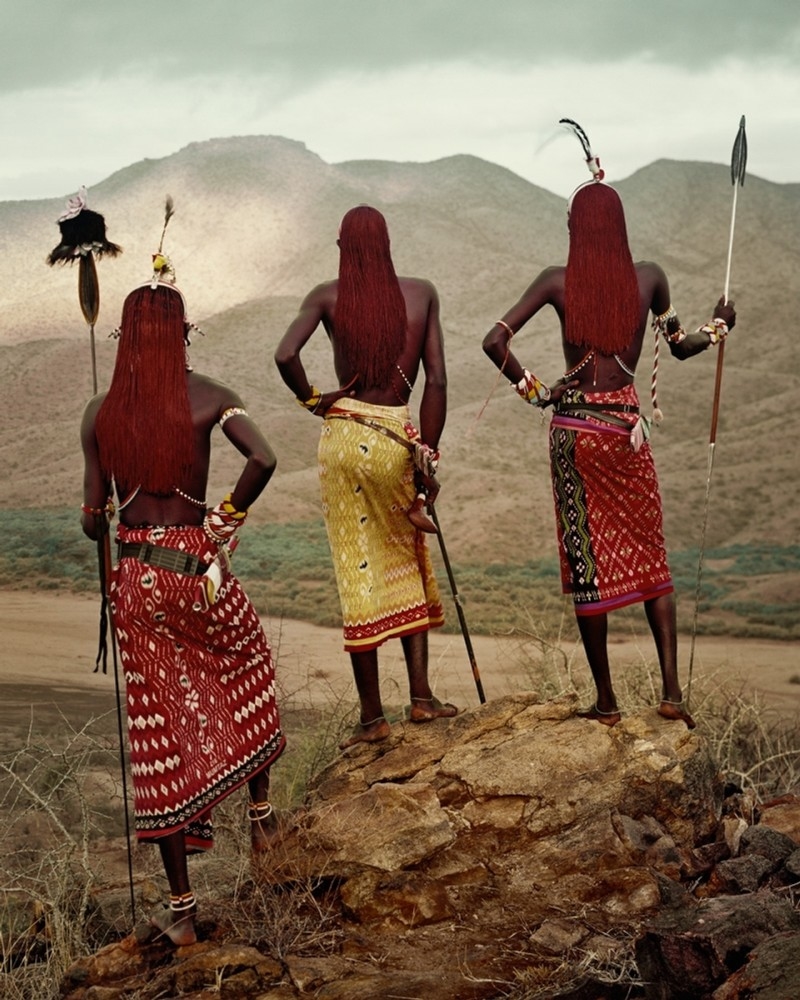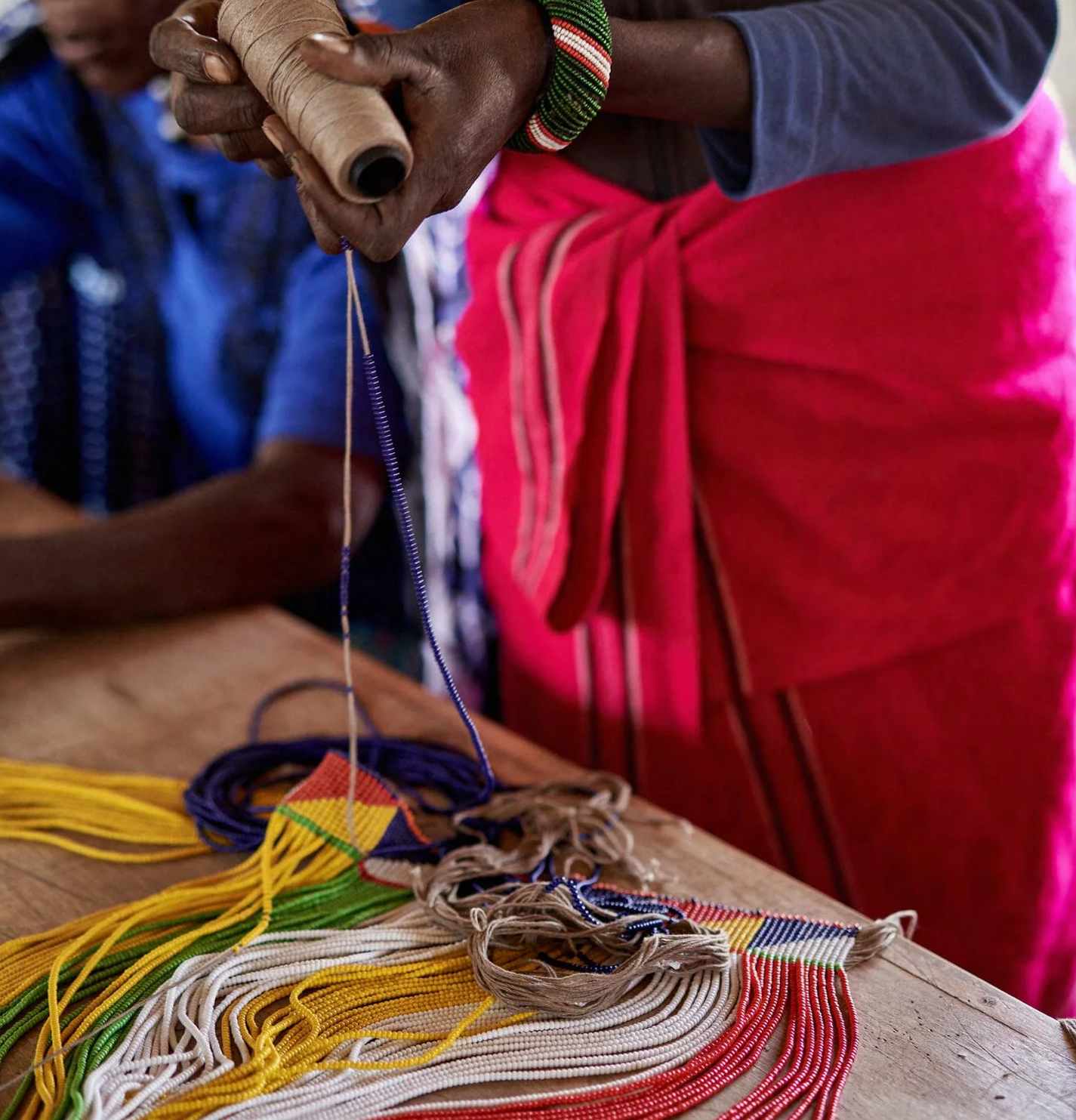Kenya is renowned for its wealth of wildlife, the sweeping plains of the Maasai Mara, and its white sand beaches. But look beyond these stereotypes, glorious though they are, and one can find a diverse kaleidoscope of ethnicities and tribal groups, far removed from the tourist trail and virtually unchanged for generations. Engaging with new cultures and traditions is one of the essential aspects of our trips. Immersive, energizing, enriching experiences make it even more profound, life-changing, and meaningful, opening a new window into exploring the diverse African continent.
As the world continues to be more and more globalized it is becoming increasingly important to safeguard and honor our culture and heritage especially for Indigenous communities as they face new challenges in a changing world constantly pushing them towards conformity to fit into the modern society rather than maintaining and safeguarding their traditions. These traditions such as living customs, performance arts, festive gatherings, rituals, knowledge about nature, and expertise in traditional craftsmanship are essential to honoring and keeping traditions alive and serving as a nucleus that keeps these indigenous communities together as the world becomes more isolated.
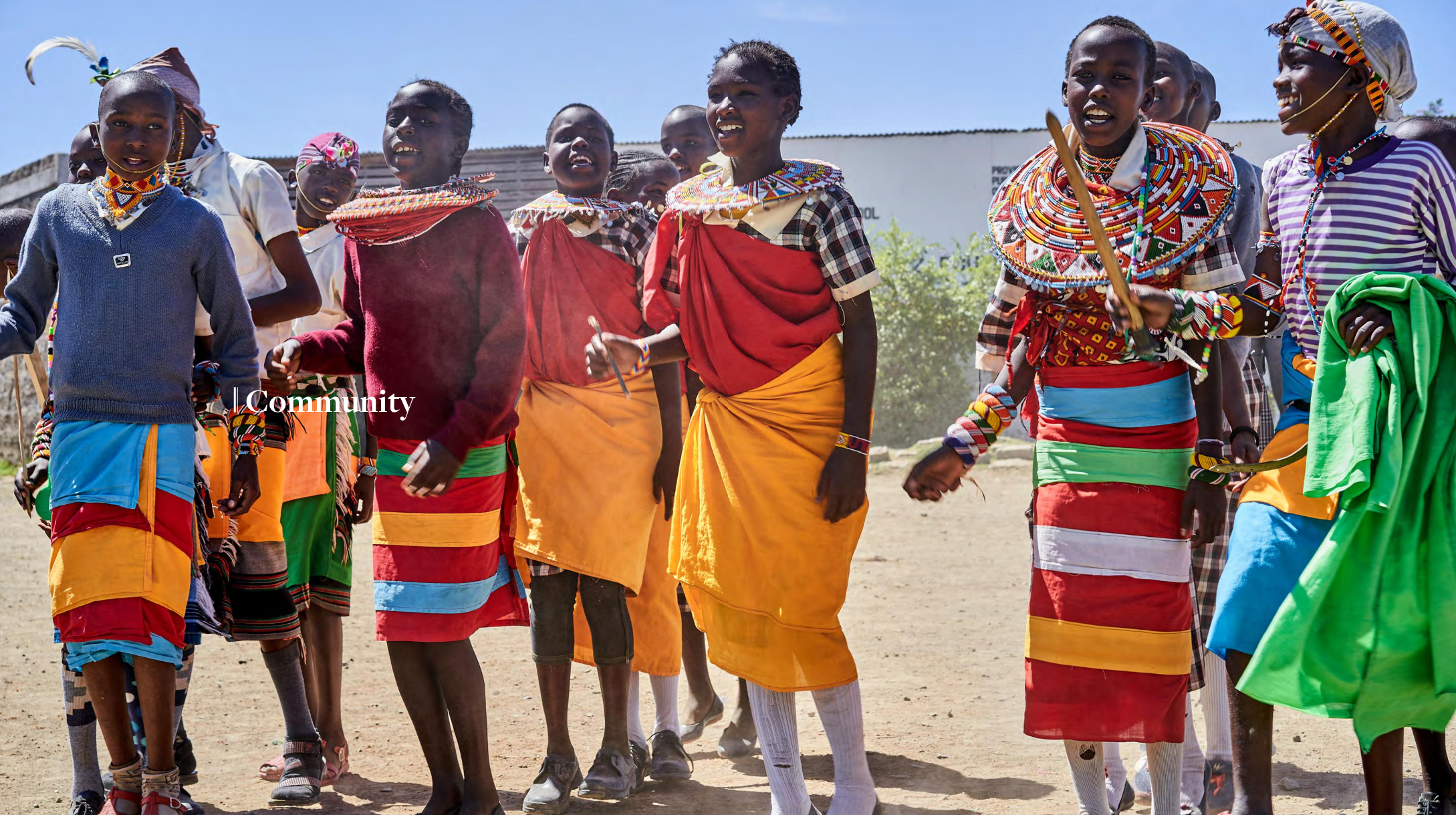
At Trailblazer Travelz we are keen on engaging our travelers to immerse themselves into enriching and energizing cultural experiences with the communities to foster meaningful experiences and connections. The vibrant tapestry of local traditions not only showcases the true essence of our shared humanity but also imbues us to appreciate each other and challenges us to be better human beings.
For centuries, the stories and traditions of the people of Kenya have been some of the most diverse and fascinating in the world. They have enriched the country through social, economic, political, and cultural activities, each with their own unique stories. Nairobi National Museum tells the story of Kenya’s rich heritage. The museum’s mission is to collect, preserve, study, document, and present Kenya’s past and present cultural and natural heritage. Today, 44 communities are officially recognized by the government and are classified into three linguistic groups: the Bantu, the Nilotic, and the Cushitic speakers. The Museums also hold objects telling the stories of the communities, which represent the country’s ethnic diversity and vibrant cultures. Many of the cultural practices are still embraced today but have been influenced by the changes in society. One of those communities is the Samburu community.
Internationally known for their beautiful and colorful attire, the Samburu community were traditionally nomadic pastoralists. They speak the Maa language and belong to the Nilotic ethnic group. Closely related to the Maasai community, the Samburu have distinct cultures, traditions, and rituals, which have been immortalized in several Hollywood movies including ‘Mogambo’ (1953). The Samburu also appeared in one of the most iconic Nike adverts of the 1980s. Here a Samburu man says in Maa language: “I don’t want these. Give me big shoes.” which was translated to ‘Just Do It’.
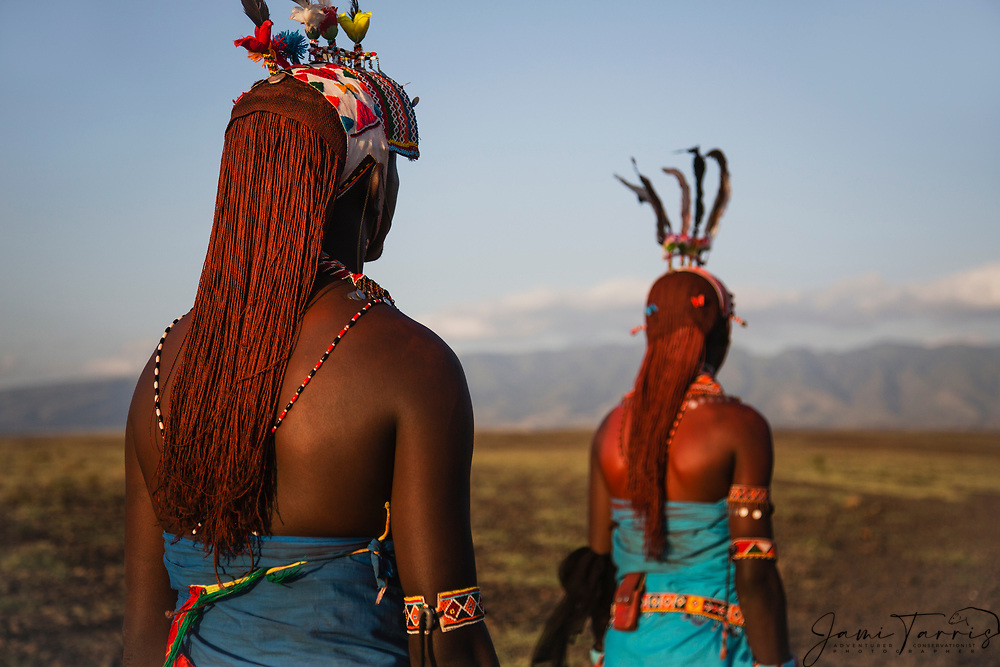
Traditionally the Samburu believe in a distant creator, one supreme god, whom they call Nkai or Ngai, as do other Maa-speaking peoples. Nkai is thought to dwell in beautiful mountains, large trees, caverns, and water springs, and the community needs to make offerings and prayers important for rainfall and livestock to Nkai. The greatest hope of an old man approaching death is to be buried facing a majestic mountain, the seat of Nkai. Belief in the spirits of the ancestors and witchcraft are common. The Samburu believe in charms and have traditional rituals for fertility, protection, healing, and other needs. They also believe in an evil spirit called Milika. Diviners (Laibon) were believed to communicate with spirits through dreams and trances and cast spells to help influence this.
The Samburu are believed to have migrated from Sudan and are today mainly located in the Samburu county, Northern Rift Valley region. Lake Turkana is said to be home to the Samburu. The lake is saline in the Kenyan Rift Valley, in northern Kenya, with its far northern end crossing into Ethiopia. It is the world’s largest permanent desert lake and the world’s largest alkaline lake. The Samburu were mainly pastoralists, but in the past also hunted animals to supplement their food. Traditionally the men moved with their cattle herds in search of pasture and water, while the women did the milking.
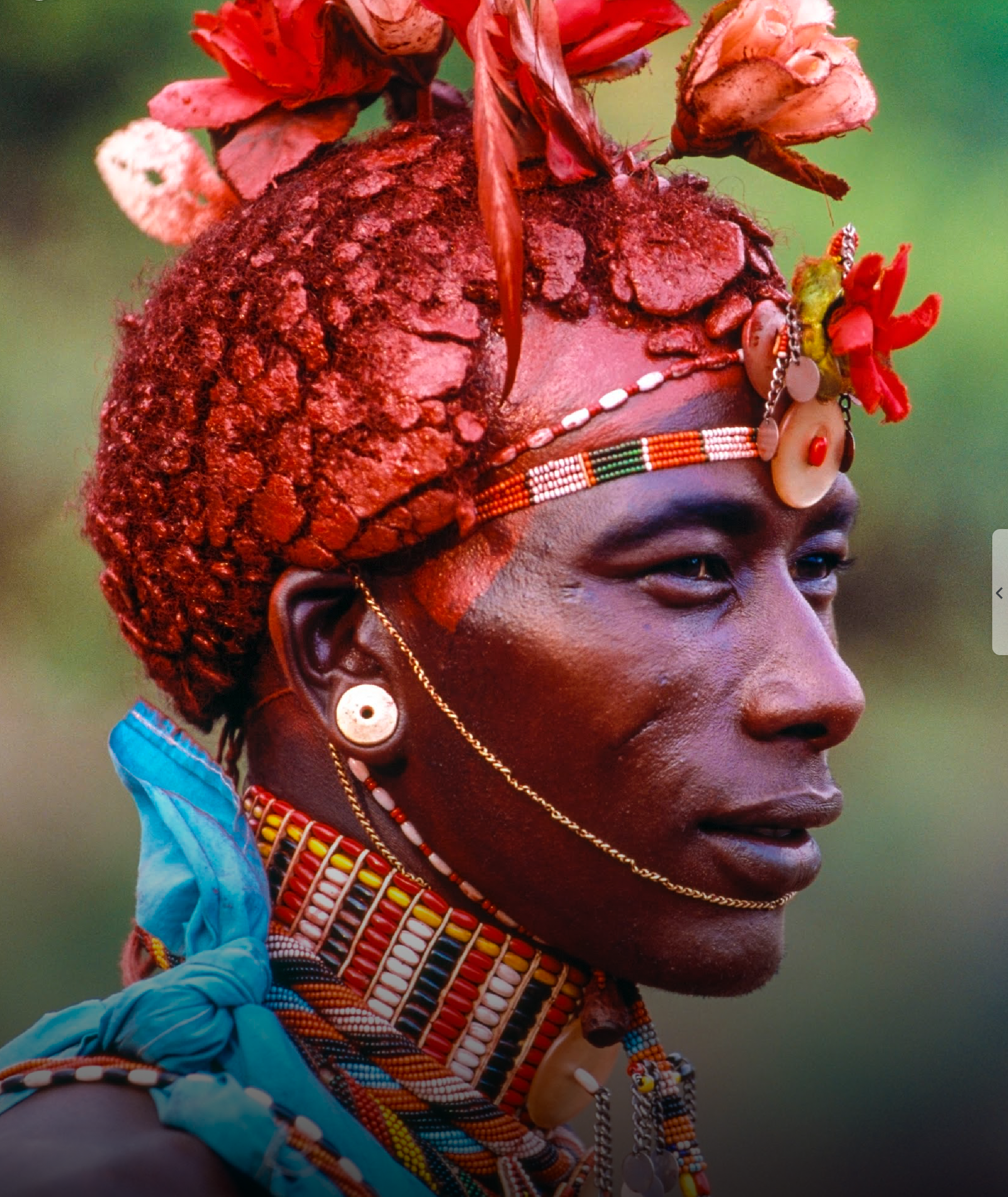
Samburu translates to “butterfly” and the Samburu are sometimes referred to as ‘The Butterfly People’ due to their colorful ornaments, attire, and hairstyles. Traditionally they made clothes and ornaments from animal skin, beads, shells, and brass. Men dyed their hair with red ochre. Warriors (Morans) kept their long hair in braids and dressed in more colorful attire than other members of the community. The women adorned themselves in beautiful multi-colored beaded necklaces and other traditional jewelry. The beads are made from glass and are sewn onto the clothing. The patterns and colors used in the beadwork are significant and have cultural and spiritual meanings.
Music, singing, and dancing are important elements of their culture and can be experienced at the annual Lake Turkana Festival in Loiyangalani, Turkana County. This three-day event features traditional dances, performances, a trade fair, and a market. The experience is a unique blend of culture, entertainment, and party nights. Every seventh year, a ceremony called Lmuget marks the passage from boy to warrior, or “moran.” More than 400 warriors and over 100 families gather for this special occasion, which sees hundreds of cattle being slaughtered ripe with customs and tradition. The ceremony is similar to the Maasai Eunoto which is held every 15th year. Morans, usually between the ages of 14 and 25, are responsible for protecting the tribe’s livestock and defending the community. They’re highly respected within the Samburu community and play a central role in many of the tribe’s cultural ceremonies and rituals.
Over the past several years, the Samburu have faced numerous challenges, including drought, external pressure to settle in permanent villages, conflict, and the impact of tourism on their land. However, the Samburu have remained committed to preserving their cultural traditions and way of life.
We are excited about our groups visiting the Samburu community this summer. And you, how are you engaging with culture and local communities when you travel?
Getting There: Visit our African Homecoming page — a page dedicated to African history, Africa’s great civilizations, people, places, history, culture, and traditions and uncover the untold stories of the diverse and vast African continent. Encompassing a wide range of experiences, the page is inspired by our travelers who are cultural ambassadors, erudite for ebullient discussions, gluttons for authentic cultural experiences and stories, with an inveterate passion for travel. We’re always here to take the guesswork out of your travel experiences to the African continent – experiences that shift perspectives and fuel imagination.

